By Ted McKeown and Lydia Bushell in Glebe Society Bulletin 10 of 2020
The following article (now slightly updated) was penned by Liz Simpson-Booker and appeared in Glebe Society Bulletin 2 of 2015:
The Gallipoli Pine
On 6 August 1915, the 1st Australian Infantry Division launched a major offensive at Plateau 400 at Gallipoli, Turkey. The ridges were once clothed with the Aleppo Pine (Pinus halepensis). However, they had been cut down to cover and line trenches, leaving one solitary pine. Hence it became known as Lone Pine Ridge. In the three days of fighting the ANZACs lost 2,000 men and the Turkish losses were estimated at 7,000.
Lance Corporal Benjamin Charles Smith of the 3rd Battalion sent back several pine cones to his mother at Inverell, NSW. Mrs McMullen sowed some of the seeds some 13 years later. Two seedlings were grown, and one was presented to the town of Inverell. The Duke of Gloucester planted the second tree at the Australian War Memorial in Canberra. The Glebe Society has donated a Gallipoli Pine sapling (Pinus halepensis) to the University of Sydney to commemorate those who served in World War I. The sapling presented to the University of Sydney was propagated by the Yarralumla Nursery from seed collected from the tree at the Australian War Memorial.
The Heritage Subcommittee has been able to identify over a dozen Glebe men who were associated with the University of Sydney as academics, support staff or students and who enlisted in World War I. As part of this investigation, members of the Heritage Subcommittee recently met with the Sydney University’s World War One Centenary Project Officer to review entries on their Beyond 1914 – The University of Sydney and the Great War database and to look for commonalities with the list compiled by Rod Holtham of those from Glebe and Forest Lodge who served in WWI.’
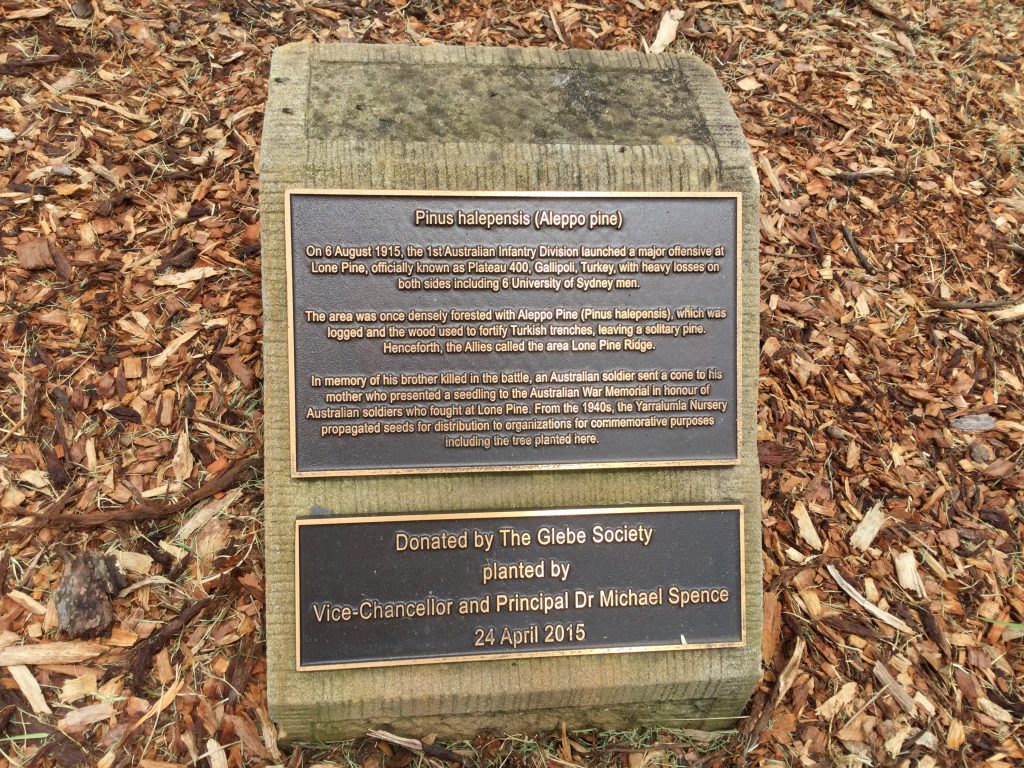
From Ted and Lydia …
The sapling donated to the University of Sydney was duly planted by the Vice-Chancellor, Dr Michael Spence, on the eve of Anzac Day 2015.
Unfortunately, the site where the sapling was planted was right in the middle of what was to become the Chau Chak Wing Museum, which unites the Nicholson and Macleay Museums and the University art collection under one roof. So ‘our’ pine was sent away on an extended vacation but has now been replanted near the main University gate and in front of the new Museum.
As mentioned above, there are a number of commonalities between those who served from Glebe and Forest Lodge and those who served from the University, right on our doorstep. We can thoroughly recommend that anyone interested in this aspect of our common history consult the University’s website https://heuristplus.sydney.edu.au/heurist/?db=ExpertNation&ll=Beyond1914. You can contact Elizabeth Gillroy (elizabeth.gillroy@sydney.edu.au) for further information on this project or with details of students, staff and graduates of the University who are eligible for inclusion on the database.
The Beyond 1914 database forms a major part of the University’s contribution to the history of the Australian experience of the Great War. It is produced from information provided to the University between 1916 and 1938 by more than 2,000 former staff, students, graduates and their families and which is now held in the University Archives. It was used to compile the University of Sydney’s Book of Remembrance, first published in 1939. As an interactive, searchable website, Beyond 1914 holds digitised archives which offer a unique insight into the lives of these University men and women before, during and after the war.
This project has now been augmented by a similar database relating to the men and women from the University who served in World War II, and the significant contributions they made to Australia’s postwar recovery in the 1950s and to the growth of Australia’s industry, economy and community throughout the remainder of the twentieth century.
-
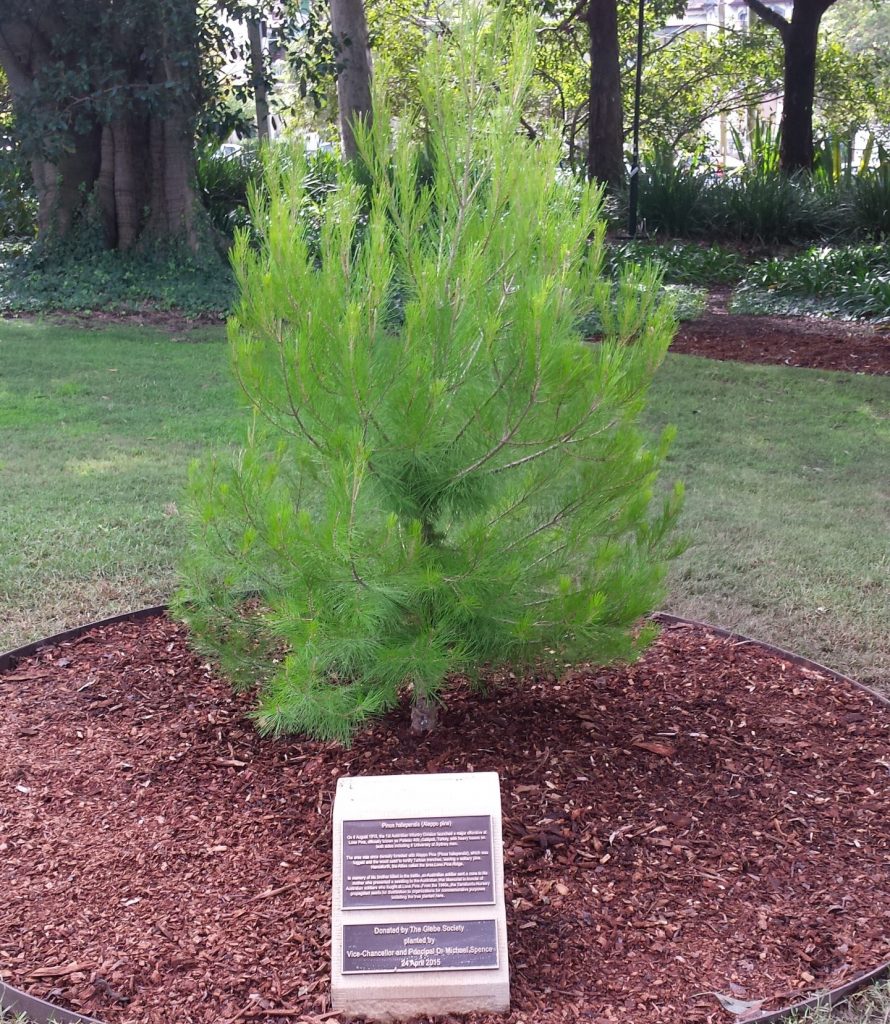
The sapling as originally planted in 2015 on what is now the site of the Chau Chak Wing Museum (photo: Ted McKeown) -
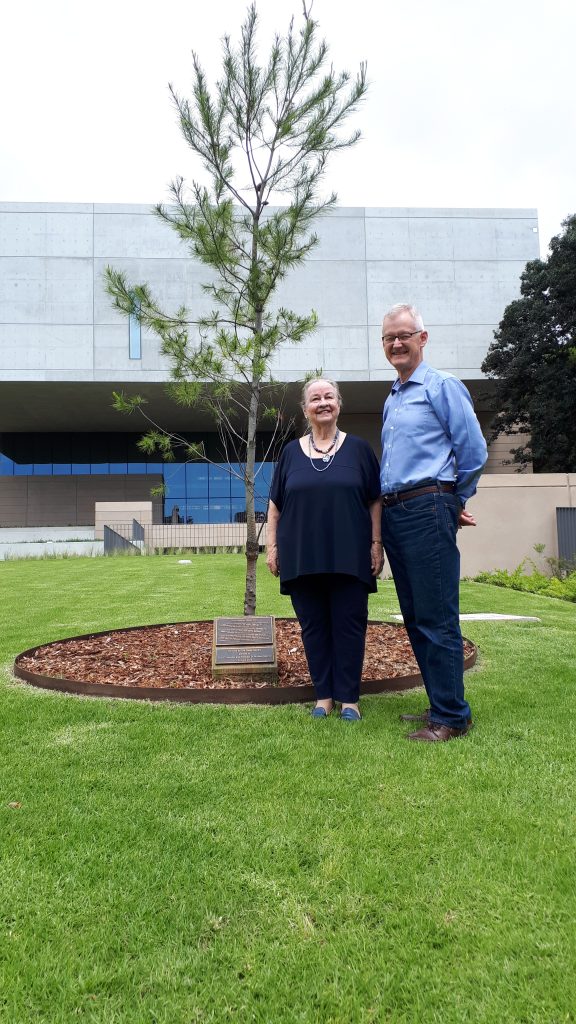
Lydia Bushell and Ted McKeown with the Glebe Society-gifted Aleppo pine outside the Chau Chak Wing Museum at the University of Sydney (photo: Alison McKeown)
Chau Chak Wing Museum
As mentioned above, the Aleppo pine is located outside the Chau Chak Wing Museum at the University of Sydney. More information is provided here about the Museum.
The Museum has brought under one roof the collections of the Nicholson and Macleay Museums. I’m sure many of us remember the magic of visiting those two beautiful museums in the Quad. Added to that is the University’s Art Collection. Seventy percent of the items on display at the Chau Chak Wing Museum have not been seen publicly for over 20 years.
The Chau Chak Wing Museum was designed by Johnson Pilton Walker.
Visits to the Museum are free but need to be booked for COVID reasons. Entry is free and the museum features 18 new exhibitions across four floors of galleries, engaging public events and a hands-on learning programs for students.
Free entry, open 7 days, Weekdays 10am -5pm; Thursday evenings until 9pm. Weekends 12pm- 4pm, closed 23 December-6 January.
For more information: https://www.sydney.edu.au/museum/
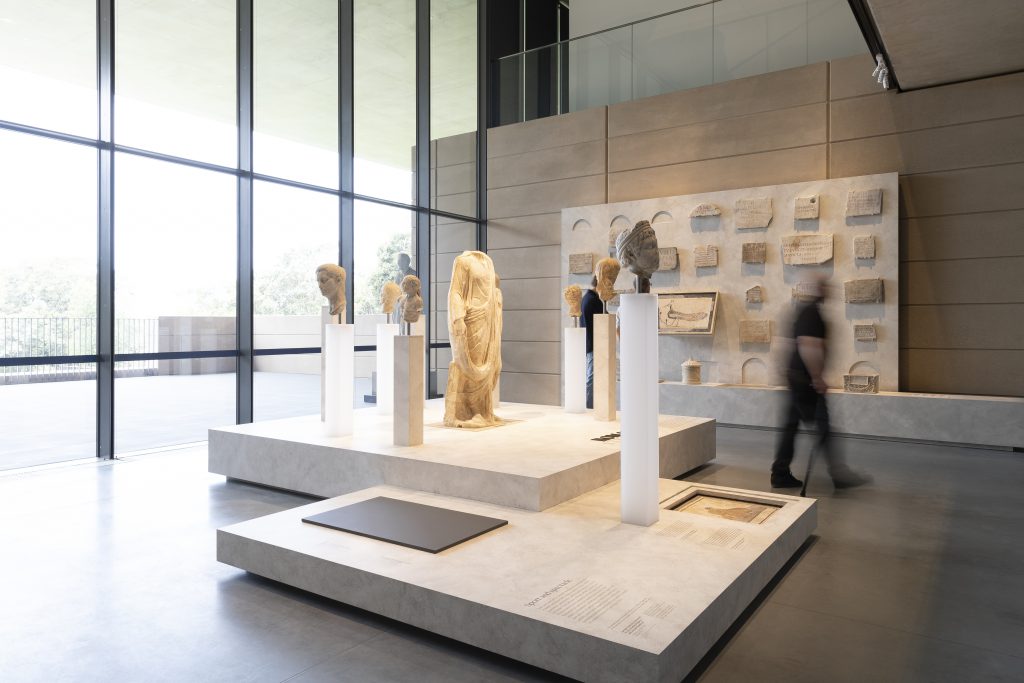
Some of the Glebe-related items in the Chau Chak Wing Museum
While this image from the museum’s collection is not currently on display, members may enjoy The Business of Photography, an exhibition turning a lens onto the first commercial photography studios in NSW.
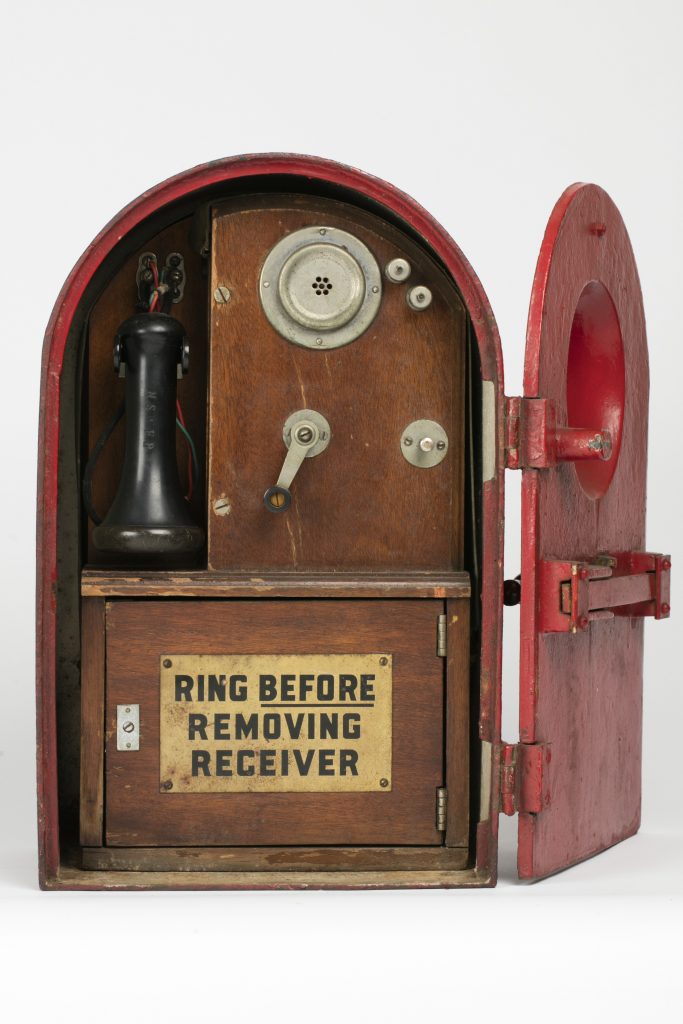
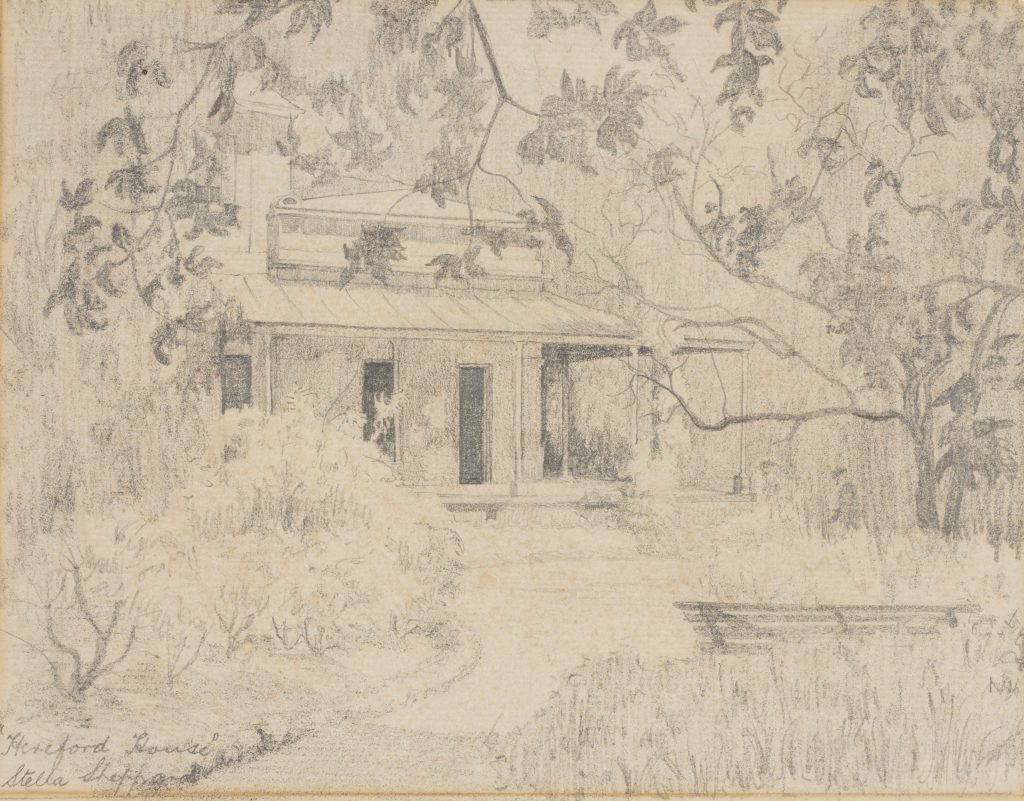








2 comments. Please add yours.
Thank you Ian for your detailed comment.
One of the co-authors of the original 2020 article, Ted McKeown, responded directly to Ian recently, pointing out that the plaque on the “Aleppo pine” donated by the Glebe Society to the University of Sydney in 2015 reads in part as follows:
“On 6 August 1915 the 1st Australian Infantry Division launched a major offensive at Lone Pine, officially known as Plateau 400, Gallipoli, Turkey, with heavy losses on both sides including 6 University of Sydney men.
The area was once densely forested with Aleppo Pine (Pinus halepensis) which was logged and the wood used to fortify Turkish trenches, leaving a solitary pine. Henceforth, the Allies called the area Lone Pine Ridge. In memory of his brother killed in the battle, an Australian soldier sent a cone to his mother who presented a seedling to the Australian War Memorial in honour of Australian soldiers who fought at Lone Pine. From the 1940s, the Yarralumla Nursery propagated seeds for distribution to organisations for commemorative purposes including the tree planted here.”
Clearly, this wording, which Ted assumes was provided by the Society to the University, was taken pretty much word for word from the Australian War Memorial website, where the following description appears:
“On 6 August 1915 the 1st Australian Infantry Division launched a major offensive at Plateau 400 on Gallipoli. The ridges, once covered with the Aleppo pine, had been cleared to provide cover for the Turkish trenches, leaving just one, solitary pine. The area became known as Lone Pine Ridge. After three days of brutal fighting the Anzacs succeeded in capturing the enemy trenches, but this bloody action cost the Australians 2,000 men. The Turks’ losses were estimated at 7,000. After the battle, Lance Corporal Benjamin Charles Smith, 3rd Battalion AIF, collected several pine cones from the branches used to cover the Turkish trenches. He sent the cones home to his mother, Jane McMullin, in remembrance of his brother Mark, who had died in the fighting on 6 August. From one of these cones Mrs McMullin sowed several seeds, and successfully raised two seedlings. One was planted in Inverell, where both her sons had enlisted. The other was presented to the Australian War Memorial, to be planted in the grounds in honour of all the sons who fell at Lone Pine.”
So if you are right, then it appears that the Glebe Society, the University of Sydney (aided and abetted by the Glebe Society) and the Australian War Memorial are all wrong! Perhaps the AWM should amend its records to get the story straight.
Ted understands that Ian has a book on this topic in the course of publication, which may help to clear up these anomalies.”
Posted for Ted McKeown
Hi, Great article, but unfortunately you are confusing two pines. The pine that once clothed the Gallipoli Peninsula, and which does again today, is in fact Calabrian pine (Pinus brutia). The Turkish or Aleppo pine (Pinus halepensis) was not native to Gallipoli originally, however logs of that species were brought to Gallipoli in great numbers by the Turks to build their fortifications, barricades, and trenches etc. Lance Corporal Benjamin Charles Smith (Service Number 1583) collected a cone off one of those logs after a battle. This tree was not the “lone pine” of legend. He gave the cone to his mother, Mrs G.T. McMullen, who sowed seeds from the cone some years later. The resulting seedlings were planted in Inverell Park in 1930/31 and at the Australian War Memorial on 24 October, 1934. The “lone pine” was a solitary Calabrian pine (Pinus brutia) which stood below 400 Plateau and which was visible on the base of the steep slope across the valley from high points like Sniper’s Ridge. It was in fact another soldier, Sgt. Thomas Keith McDowell, who collected a cone off this tree, apparently after it had fallen on the battlefield. On his return McDowell gave the pine cone to Mrs Emma Gray, the aunt of McDowell’s wife Iris. Born in Tower Hill in 1870, Emma Gray ran a general store in Grasmere with her husband Robert. After about ten years Emma successfully grew four young pine trees from the pine cone. One seedling was dedicated in Burwood’s Wattle Park, home ground of the 24th Battalion, on 7 May 1933. A second was dedicated to the 24th at Melbourne’s Shrine of Remembrance on 11 June 1933. The third was planted at The Sisters Memorial Hall on 18 June 1933, on a block owned by Emma’s son Vern near an area of closer settlement and post-WWI soldier settlement. The fourth was planted in Warrnambool’s Botanic Gardens, with a dedication service on 21st January 1934. The pines in Warrnambool, Wattle Park and The Sisters still stand. The Shrine of Remembrance’s lone pine was removed on 15 August 2012 after failed efforts to save it from a fungal infection, Diplodia pinea. A replacement pine had been propagated and planted nearby in 2006. A mature tree grown from the Warrnambool pine stands at Ballangeich on a soldier settlement block where it was propagated by returned serviceman Alan Strain. Seeds raised by Friends of Warrnambool Botanic Gardens now grow in Toll Bar Park, Lexton, as well as other locations in Western Victoria and within the Warrnambool Gardens.